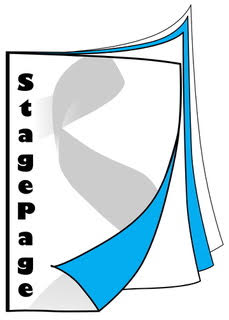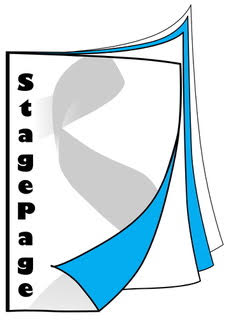Music Video
Video Clip
A short film of video that accompanies a song.
Music video content varies and includes: the musicians performing (or lip synching) the song, live concert footage, animation or other imagery, a visual narrative.
Music videos are made as marketing devices to promote the sale of CDs.
Typical elements of music videos: usually three to five minutes long, use quick cuts, highly stylised, use spectacular imagery, sex appeal and lots of special effects.
Music videos are subject to censorship if their content is deemed too offensive. As censorship laws differ from country to country, record labels will often supply censored and uncensored versions of the video. It has been known for music videos to be banned in their entirety for being too offensive to broadcast.





